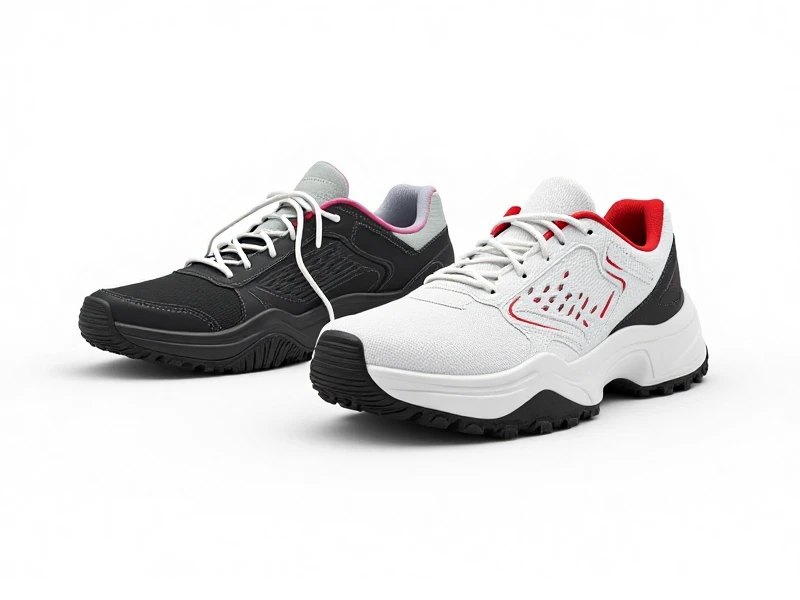
Unlock Your Speed: How Racing Shoes Revolutionize Your Running Performance
Racing shoes have become indispensable tools for runners seeking peak performance. Engineered for speed, these specialized footwear options deliver a remarkable blend of lightness and propulsion that regular running shoes can't match. Elite marathoners and weekend warriors alike are switching to racing footwear to shave seconds off their personal bests – but what makes them so transformative?
The magic starts with weight reduction. Premium racing shoes often weigh under 200 grams through advanced materials like breathable mesh uppers and minimalist designs. This featherlight construction decreases muscle fatigue over long distances. Meanwhile, aggressive geometry – particularly curved plate designs and responsive foam midsoles – creates an energy-return effect that converts impact into forward momentum. The result? A noticeable bounce with every stride.
When selecting racing shoes, consider four critical factors:
- Midsole technology (modern foams like PEBA provide superior rebound)
- Plate configuration (curved carbon-fiber plates act as propulsion springs)
- Surface adaptability (trail varieties prioritize grip while road models focus on cushioning)
- Stack height (lower profiles improve ground feel while taller builds maximize cushioning)
Brands like Nike's Air Zoom Alphafly and Adidas's Adizero Adios demonstrate how engineering breakthroughs can deliver competition-ready performance. Remember that racing shoes typically have shorter lifespans than trainers – plan to replace them every 300-500 kilometers as the foam loses responsiveness.
Proper racing footwear allows runners to maintain faster paces with less perceived exertion. Whether targeting a 5K or marathon, investing in quality racing shoes could be your most strategic move toward breaking barriers and unleashing new potential. Test various models during speed sessions to discover which pair becomes your personal accelerator on race day.